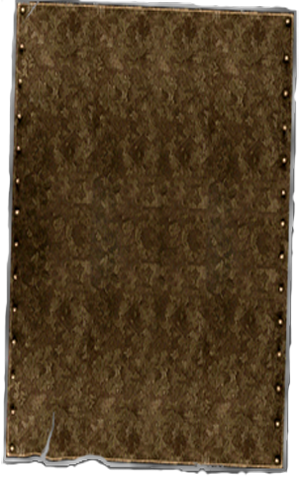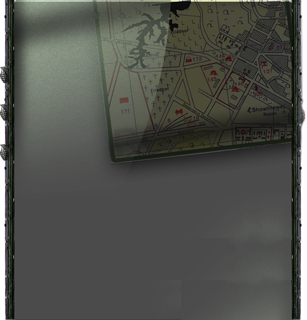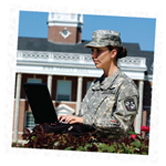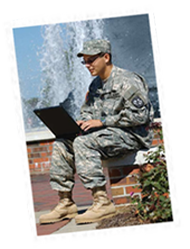







Peer reviews are also another possible way that military students can collaborate and interact asynchronously. English composition students in traditional classrooms often collaborate on rough drafts of essays and pieces of writing prior to submitting the final draft. So, why wouldn't online composition instructors want to do something similar? The challenge arises in that the collaboration group is not sitting in a circle together in a classroom. These students may be sitting in tents around the world. Rena M. Palloff and Keith Pratt (2007) found that providing students with guidelines for feedback allows students to gain a better understanding of how to respond to their peers' essays.
The practitioners also recommend providing a rubric (PDF) which enables the student reviewers to better understand what the instructor will be grading so that they can also look for those items in their peers' essays (Palloff & Pratt, 2007). One example of a more detailed rubric is the WSU Guide to Rating Integrative and Critical Thinking. A rubric may be detailed (PDF), as the linked one from ReadWriteThink is, with explanations as to what a writer must have in order to score a certain grade. It may be an explanation rubric (PDF), which explains how many points each element of the essay is worth, or it may be a simplistic checklist (PDF), with only the most important aspects of the essay listed. Examples of rubrics and checklists may be found in many places on the Internet. Although many students do not feel qualified to pick out the commas and run-on sentences for someone else, they may often be able to provide constructive criticism on the elements that are not included in the essay, do not make sense, or are not well organized.
Depending on the amount of time available to an online class, the instructor's guidelines for peer review may vary. In six-to-ten-week classes, students might only have time to read through an essay a few times and comment on the overall effect of the piece of writing. In twelve-to-eighteen-week courses, students might have more time to complete a more detailed review of a peer's essay (PDF). The instructor has to take his or her students into consideration when determining which type of peer review to assign the online composition students in the course.
My course is designed for peer review to be a part of the writing process. The students should see it as another step leading to the final draft. At the beginning of the term, students are assigned buddy groups. These are the groups in which they interact for the discussion board and peer review. The students are assigned a deadline for submitting their drafts to their peers and another deadline for returning them with comments prior to the due date for the final version. I have found that many students do not feel qualified to review a peer’s essay. I remind them that I have provided the various ways in which they can review the essays (rubrics and checklists), but also and most importantly, that they can all read and know when something is missing or doesn’t make sense. It seems that once they understand that they are simply offering an additional set of eyes and that they have the tools they need, the students are much more comfortable with completing the assignment.
I have not yet implemented a way in which to directly teach the students to use social presence in the online classroom. However, just as with a more traditional classroom, I believe that the instructor’s modeling of expectations teaches students much more than we often consider. Every response I send my students includes several uses of social presence to make it much more personal. I often try to point students towards others in the class who have similar (or very different) viewpoints to remind them that there are other “real” people in the course. While the experiential evidence I currently have requires more methodical substantiation and documentation, I would suggest that many of the emails I receive, posted student discussions that I read, and responses students offer one other in peer review all include the uses of social presence that I have modeled throughout the class. My research does show that most students who experience more social presence in their interactions online demonstrate more instances of critical thinking. The voices of the students provided in the Outcomes section best illustrate the benefits of using social presence in the online classroom.